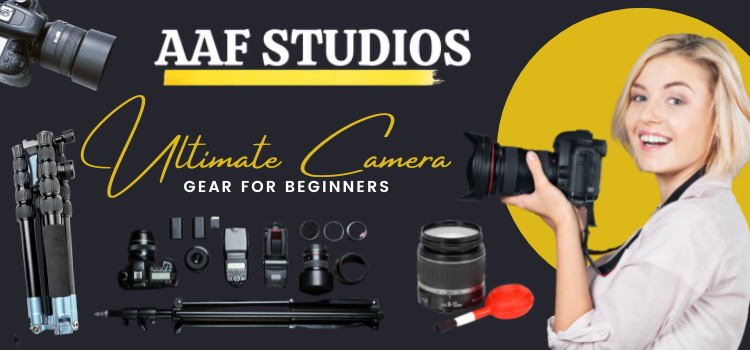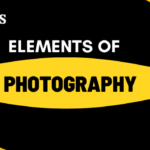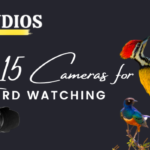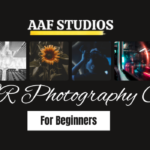Whether you’re just starting out or looking to upgrade your kit, this ultimate camera gear for beginners has everything you need.
This guide will help you choose the right camera for your needs, whether you’re shooting landscapes, portraits, or both. It includes recommendations on lenses, tripods, accessories, and other equipment that will help you take better photos, and be prepared in the field.
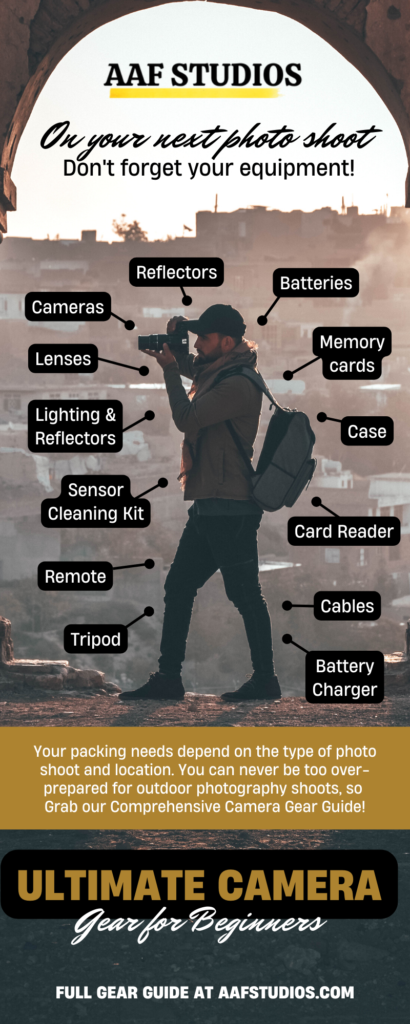
A DSLR Camera
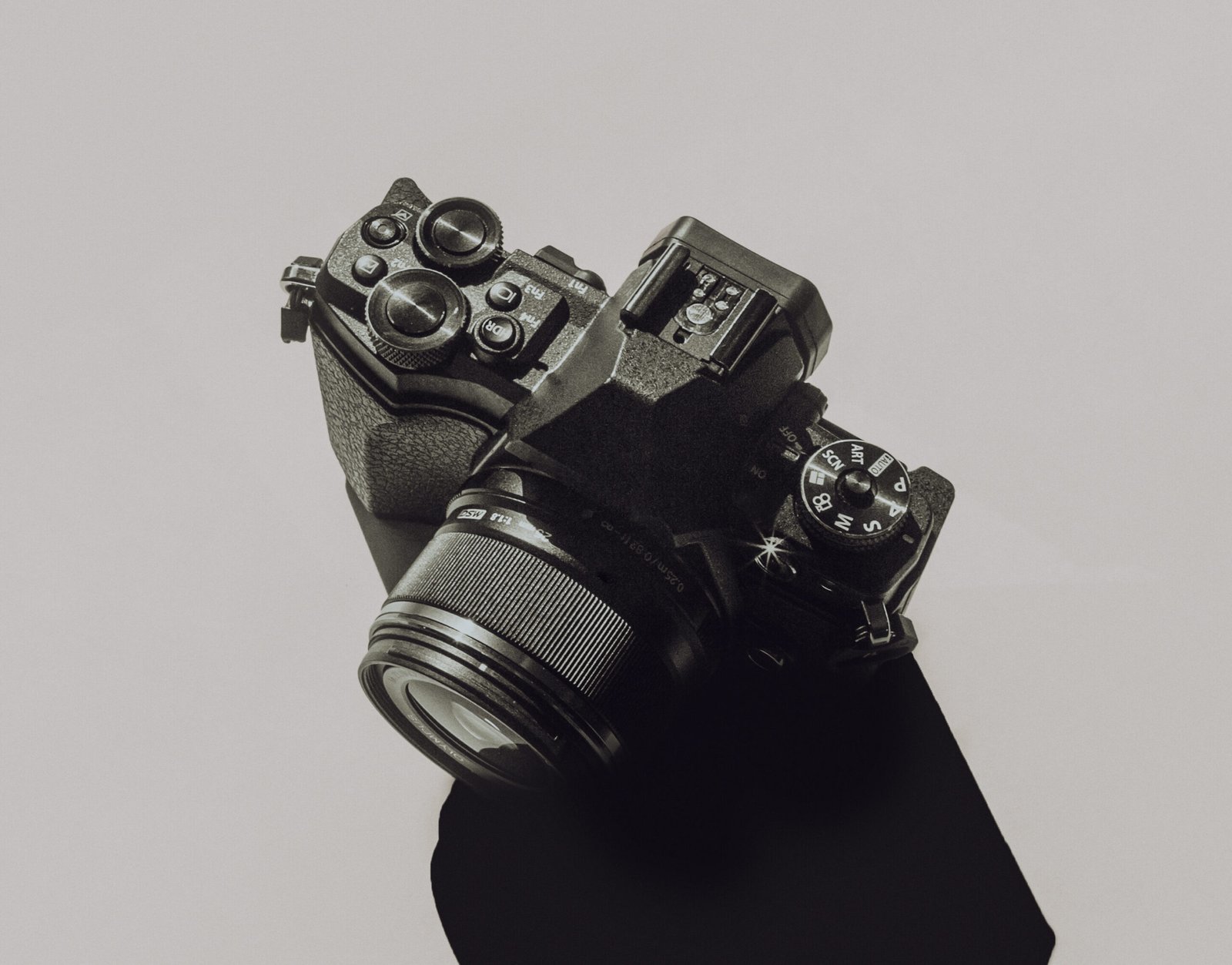
In every camera gear for beginners start with a good camera that is easy to start working with and also has options for experimentation and exploring new features of photography.
Moreover while adding a camera to your camera gear while starting out please be advised that you should not just focus on getting the latest model you should get a good camera that is easy for your budget without breaking the bank. If you want a detailed review do check this detailed article for camera selection. However, to summarize it we will say select any one of the following in ascending order of prize.
If you want to start photography as a hobby or as a career, we recommend that you get a camera in any one of the following options for your camera gear.
1. Nikon D3500
Most newbie photographers get Nikon D3500 as a recommendation when searching for camera gear for beginners. This camera is a very good option for still photography and has a beginner’s mode built in to guide you through the camera, it has a 24.2 Megapixel photosensor, with an interchangeable lens capability. It allows you to manually edit the focus, shutter speed, aperture and ISO and white balance as well as you know that it is a very good thing for people who know about the basic elements of photography.
Nikon D3500 can be a good addition to budget-limited camera gear for beginners if you do not need to connect a shutter release remote as many people in the Reviews section have claimed to be a difficult process. Remote can only be connected using the Snapbridge app that is available on both Android and Apple stores it lets you use Bluetooth to do the job. Otherwise, you can always use a timer to do the job.
2. Olympus OM-D E-M10 Mark IV
Olympus OM-D E-M10 Mark IV is a higher-budget camera for your camera gear for beginners. The higher budget pays off with flexible lens interchangeability. It has a 20.3MP image sensor, with image stabilization. It is a very compact camera that is very easy to hold and can easily fit into camera gear for beginners, as at the start one is accustomed to carrying heavy and bulky equipment.
Moreover, It has some pretty good features for sharing photos easily over Wi-Fi to your devices; a good touch screen that is 180 degrees rotatable and lets you take selfie videos and images; it has strong image stabilization so you can film while walking. There are some limitations also in image-taking speed, and ISO controls which make taking images in less lighting conditions tricky; justified at this budget level.
3. Sony α6100
Sony Alpha 6100 camera is a mid-range camera for camera gear for beginners it has a very fast AF at 0 02 sec W/ real-time AF & Object tracking, a 24 2MP APS-C Exmor sensor w/ front end LSI, and ISO up to 51 200, movie recording with mic and 180-degree tiltable 3” touchscreen LCD. It is a lightweight and easy-to-use camera and has many tutorials and tips on YouTube on it.
4. Nikon Z50
The Nikon Z50 is an upper-middle-range camera for camera gear for beginners. It has a large high-resolution viewfinder, a tiltable screen for taking selfies, state-of-the-art autofocus, outstanding features like Wi-Fi, and Bluetooth sharing over your devices for faster and more efficient photography. This camera will grow with your skill set as soon as you develop a good sense of photography.
A backpacking photography bag

Every camera gear for beginners includes a good backpacking photography bag. A good backpacking photography bag should be lightweight, strong, should be able to accommodate all items included in camera gear. We have listed 4 of our top choices below for you to consider;
1. Peak Design Everyday Backpack v2
Peak Design’s everyday backpack is a sturdy and newer version of the V1 they launched earlier. Man people on amazon have reviewed this and say that this is a better version. The Backpack has numerous shelving units. Perfect weight distribution when fully packed with camera gear. It has easy-to-access pockets for all the items.
It also has a place for your keys, 15 inch screen laptop, lenses, and whatever you like to fit into a 20 Litres of space. It is a top priority backpacking photography bag for many of the top photographers.
2. WANDRD Prvke lite Backpack
Wandrd Prvke Lite photography bag is a lighter version of Wandrd Prvke and has a space of 11L with 5 L of rollable space. It has three points of access breaking limits of readiness for a shoot. This bag is best for you if you are minimalistic and prefer fewer items and only take items with you that are most necessary.
3. TARION Camera Backpack
Although the TARION backpacking photography bag is much cheaper yet it is competitive in quality to the other options available. The most attractive features are that it is lightweight, has a lot of room for complete camera gear for beginners, and the weight of the gear is equally distributed using the eight custom dividers. Many other backpacks have a tripod attachment on the side which throws off the weight and causes imbalance.
So Tarion has a very intuitive solution for it that it provides the tripod attachment at the bottom of the bag, that management of weight makes this bag an excellent backpacking photography bag.
4. Lowepro ProTactic BP 350 AW II backpack
Lowepro protactic BP 350 AW II Backpack is also another good choice as a backpacking photography bag. It is equipped with customizable dividers which allow you to arrange items efficiently in your bag. It is made with tough material.
The features include rain protection, comfortable activezone system technology providing comfortable shoulder and waist support, slip lock tripod cup, protective space for laptops upto 15 inch.
An external flash
A good external flash will help you take better photos at night, indoors, and when there’s not enough light. It’s also helpful for taking pictures of people who aren’t facing you.
The best external flashes are those that mount directly onto your camera body. These allow you to use them without having to attach them to a tripod or other support system. You’ll be able to get closer to your subject, which means you’ll be able to capture more detail.
If you’re looking for a simple solution to add light to your photos, consider purchasing a wireless external flash. Wireless external flashes are easy to set up and operate, and they’re usually less expensive than using a flash unit attached to a tripod or other device. We have compiled a good list of wireless external flashes best for beginners;
1. Canon Speedlite 430EX III-RT Flash
Canon Speedlite 430 Ex III-RT Flash is the best Flash for Canon users to have in their camera gear. It is a compact yet powerful flash that can function as a radio, IR slave, and as well as radio commander. You can blast flashes with a minimal waiting time (3.5 Seconds with alkaline cells). It has a backlit dot matrix LCD, a control dial, and multi-camera sync shooting capability. All in all a good option for Canon camera users.
2. Nikon SB-700 AF Speedlight
Nikon Sb-700 AF Speedlight is the best flashlight for photographers using Nikon CLS (Creative Lighting System) cameras. This is a middle-range Flashlight. It has a 24-120mm Zoom head, -7 to 90 Degree of light bounce and 180 degrees of swivel. However, it could have been better if it had wireless capability built-in instead it has infrared transmission enabled commander enslave. Recycling speed is a bit slow which is 5.7 Seconds at the alkaline cell, but at the NiMH cell you can bring it down to 2.7 seconds.
3. Profoto A10 On/Off Camera Flash Kit
Profoto A10 On/Off camera flash kit comes with A10 flash, Flash trigger, Li Ion Battery, Dome diffuser, A1 bag, Flash stand, and 2 years Profoto warranty.
Profoto A10 On/Off camera flash kit is a strongly built flash kit. It is very easy to connect and throws a very natural-looking flash toward the objects. The interface is very easy to use. Its rechargeable battery makes it very easy to use.
4. Godox TT600 Camera Flash
Godox TT600 Camera flash is economical and gives great value for the money. A manual flash for which you will have to set the settings each time you use it. It works best for studio shooting where you will be using it as a slave.
A Tripod
You’ll probably want one of these for any camera you use regularly. They’re especially helpful with DSLRs because they allow you to hold them steady while shooting.
If you’ve ever tried to shoot something without a tripod, you know what a pain it can be. Even if you manage to get a shot without shaking too much, it’s usually pretty blurry. That’s why having a sturdy tripod is essential.
The best ones are adjustable, which means you can set the height at whatever angle works best for you. And most come with a head that allows you to tilt the camera left or right.
There are many different types of tripods available, but the one thing they all share is stability. You’ll want to invest in a sturdy tripod because it will help you capture sharp photos every time. Most tripods include a head that lets you adjust the camera’s position vertically and horizontally.
Some models allow you to rotate the camera around the vertical axis, while others let you move the entire unit. Adjustable legs are also helpful because they allow you to change the angle of the camera depending on where you’re standing. We have listed some types of tripods for you to select any one that suits your needs;
1. The Ball Head Tripod
The ball head tripod is the most versatile type of tripod because it has three different ways to attach it to a surface. You can use the ball head to attach the tripod to a wall, table, or even another tripod. This makes it easy to move the tripod from place to place.
The Sliding Base Tripod
The sliding base tripod is an ideal choice for photographers who need a sturdy tripod with a smooth motion when moving the camera. It also comes with a locking mechanism so you can lock the legs into position.
The Portable Tripod
A portable tripod is perfect for traveling because it folds up easily and fits into any bag. You can use it anywhere, even outdoors. This type of tripod has three leg sections that fold together.
The Monopod
A monopod is a simple tripod design that uses a single support leg. This type of tripod is ideal for people who want a compact camera setup. However, the monopod isn’t as stable as other designs.
Memory Card
A memory card is a storage device that is used in cameras. It is usually in the form of a card that is inserted into the camera to store images and videos. The memory card can be removed from the camera and transferred to a computer or other device to be viewed or edited. The memory card is usually removable, so you can replace it with a new one if the old one is full or corrupt.
A memory card is a great way to store and view your photos and videos. It is small and portable, so you can take it with you wherever you go. It is also affordable, so you can buy a new one if the old one is full or corrupt. The memory card is also easy to use, so you can quickly and easily transfer your images and videos to your computer or other device.
A memory card reader
If you shoot photos, you’ll definitely want a memory card reader. It’s an inexpensive accessory that lets you transfer files between devices without having to plug anything into your computer.
The best thing about a memory card reader? You can use it to transfer images from your phone to your laptop, tablet, or another device. And if you’re shooting video, you can easily transfer clips from one device to another. Plus, you can store extra cards in the reader itself, which means you won’t have to worry about running out of space on your main storage drive.
Memory Card Wallet
Keep all of your memory cards safe and secure with this memory card wallet. The wallet should be made of durable material that will last for years, and it should have individual pockets for each card so that they don’t get scratched or damaged. Plus, the wallet Should be small enough to fit in your pocket or purse so that you always have it on hand when you need it.
Lens filter
Some photographers rely on filters attached to their camera lenses to help enhance colours and reduce reflections when taking photos. Filters can also assist with capturing difficult scenery in low light, as well as protecting lenses. Filters are an important part of photography and cinematography. They are widely utilized in both fields. Some photographers rely on them regularly, whereas others use them only in special situations.
A lens hood
You should also invest in a good-quality lens hood. This will help keep dust and other particles off your lenses and protect them from scratches.
The best lens hoods are designed specifically for DSLR cameras. These come in different sizes, shapes, and materials. Some are made of metal, while others are plastic. If you want to buy one, look for a model that has a rubberized grip on the bottom. This will allow you to hold the hood securely without slipping.
Rocket blower and sensor cleaners
You can run tests to check dust on your camera sensor and keep your camera senso clean to avoid annoying and picture ruining spots in your photographs. For this purpose it is a must to have a rocket blower and sensor cleaners in you camera gear.
Extra Batteries
Always keep at least two extra batteries for each of your battery operated photography equipment in order to stay prepared in a professional setting or in the field.
Camera Strap
Camera straps mostly do come along with the camera but mostly as it is not the main product it wears out easily. Do a little search on amazon and find a good comfortable camera strap for your camera so you are able to handle your camera easily in the field.
Power bank
Powerbanks give an extra boost of power when you are out in the field and want to save each drop of power to maximize your working time in the field. so do keep a good power bank always with you in your photography camera gear.
Conclusion
We have created this “Ultimate camera gear for beginners” post to help beginners know what items are required when they are putting up a camera gear together either to start photography as a career or just as a hobby. If you think we are missing out on anything please let us know about that at or email info@aafstudios.com and put a comment in the comments section.


